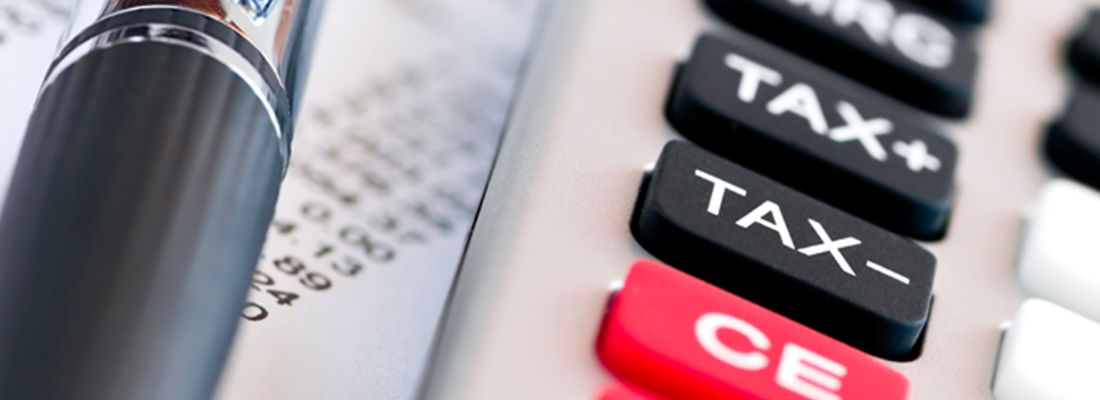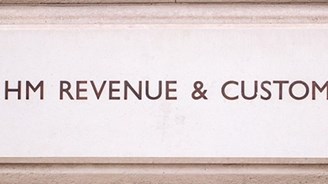Class 2 NIC - Collecting from the self-employed - By Mark Morton

You might have thought that Class 2 NIC was a simple, straightforward system of collecting from the self-employed but it appears that HMRC has it in their sights.
There have been a number of subtle changes that you may wish to mention to clients.
1) NIC due for sleeping and inactive limited partners
HMRC now consider that sleeping and inactive limited partners are, and have in the past been, liable to pay Class 2 and 4 NIC (www.hmrc.gov.uk/news/sps-lps-announce.pdf). Sleeping or inactive limited partners who have not done so for a past period will not be required by HMRC to pay those contributions.
Some may have paid for past years and, as these contributions were correctly paid in accordance with the law, HMRC consider that such payers will not be entitled to a refund.
2) Class 2 on property income?
From time to time this issue raises its ugly head, mainly when a client receives a questionnaire from HMRC raising the spectre of Class 2 on property income. One of the problems is the difference between Class 2 and Class 4 NIC.
Class 2 NIC is due where an individual is categorised as a self-employed earner (s11 SSCBA 1992). A self-employed earner is someone who is '...gainfully employed in Great Britain otherwise than in employed earners' employment...'(s1(b) SSCBA 1992).
S122 SSCBA 1992 defines 'employment' as '...including any trade, business, profession, office or vocation and 'employed' has a corresponding meaning', so it appears that if a portfolio of properties constitutes a business, Class 2 is due.
Therefore, the question boils down to whether a business is being carried on. This was addressed in Rashid v Garcia (SpC 348), where the taxpayer argued that Class 2 was due on rental income. The taxpayer owned four let properties, including both residential and commercial lets, one of which was let to DSS tenants for lets of only a few weeks at a time. It was estimated that the taxpayer spent two to four hours a week and members of his family acting on his behalf spent 16 to 24 hours a week.
The Commissioner considered that there was insufficient activity for this to constitute a business and stated that:
'...it is an investment which by its nature requires some activity to maintain it, rather than a business'.
On the other hand, s15 SSCBA 1992 clearly limits Class 4 NIC to profits from trade profession or vocation as defined by Part 2 Ch 2 ITTOIA 2005 i.e. not rental income. Therefore, whilst it seems counter-intuitive, there appears no direct link between Class 2 to Class 4.
The question on Class 2 would appear to be on what basis do HMRC feel that rental income = self-employment under s2 SSCBA 1992'? It would be useful if HMRC published some consistent guidance, particularly as the Property Income Manual clearly states that furnished holiday letting is not a trade for Class 4 NIC (PIM4120).
3) Outstanding Class 2 NIC to be collected from PAYE tax codes from 2014
From April 2014 HMRC may collect outstanding Class 2 NIC by adjusting PAYE codes. HMRC are now sending payment requests to taxpayers showing any Class 2 they owe and asking for it to be paid or to contact HMRC if the request is wrong. Taxpayers who do not pay or contact may have the arrears collected via their PAYE code for 2014/15.
So, as you see all those self-employed clients in the run-up to self assessment, you may wish to mention some of these issues to them.



